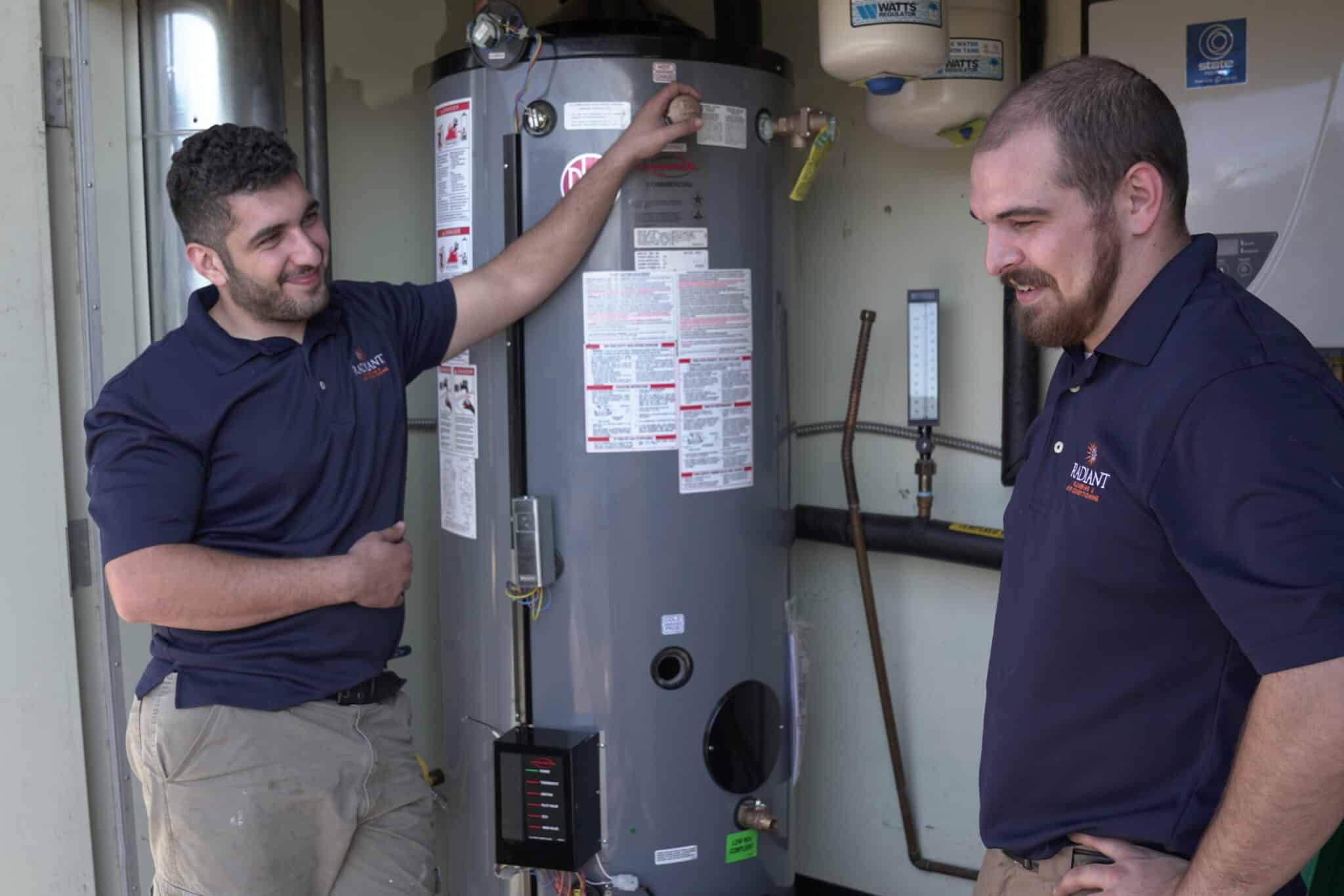Easy Steps to Caring for Your Home's Hot Water SystemSteps to Prolong the Lifespan of Your Home's Hot Water System Through Maintenance
Easy Steps to Caring for Your Home's Hot Water SystemSteps to Prolong the Lifespan of Your Home's Hot Water System Through Maintenance
Blog Article
In this article further down you will find some good advice involving What Kind of Maintenance Do Water Heaters Need?.

Warm water is necessary for daily convenience, whether it's for a rejuvenating shower or cleaning dishes. To ensure your warm water system runs effectively and lasts longer, regular upkeep is essential. This write-up offers practical pointers and insights on how to keep your home's hot water system to stay clear of interruptions and costly fixings.
Intro
Maintaining your home's warm water system might appear complicated, yet with a few simple actions, you can ensure it runs smoothly for several years to come. This overview covers everything from comprehending your warm water system to DIY maintenance pointers and understanding when to call in expert assistance.
Importance of Preserving Your Hot Water System
Regular upkeep not just prolongs the life-span of your warm water system but additionally ensures it operates successfully. Overlooking upkeep can lead to decreased efficiency, greater energy expenses, and also early failure of the system.
Indications Your Warm Water System Needs Maintenance
Recognizing when your warm water system needs interest can protect against significant issues. Watch out for indicators such as irregular water temperature level, weird noises from the heating unit, or corroded water.
Flushing the Water Heater
Flushing your hot water heater gets rid of debris build-up, improving effectiveness and lengthening its life.
Monitoring and Changing Anode Rods
Anode poles prevent corrosion inside the container. Inspecting and replacing them when worn out is important.
Facility Concerns Calling For Specialist Help
Examples include major leaks, electrical problems, or if your hot water heater is continually underperforming.
Regular Expert Upkeep Conveniences
Specialist upkeep can include comprehensive examinations, tune-ups, and making certain compliance with security standards.
Inspecting and Changing Temperature Settings
Adjusting the temperature setups makes certain ideal efficiency and safety and security.
Do It Yourself Tips for Maintenance
You can perform numerous upkeep tasks yourself to maintain your warm water system in top problem.
Looking for Leakages
Regularly check pipes and connections for leakages, as these can bring about water damages and higher costs.
Comprehending Your Hot Water System
Before diving into upkeep tasks, it's helpful to comprehend the basic parts of your hot water system. Normally, this includes the hot water heater itself, pipes, anode rods, and temperature controls.
Month-to-month Maintenance Tasks
Routine regular monthly checks can aid catch small concerns before they rise.
Testing Pressure Alleviation Valves
Testing the pressure safety valve ensures it operates correctly and stops too much pressure build-up.
Insulating Pipelines
Insulating hot water pipelines decreases warmth loss and can save power.
When to Call an Expert
While do it yourself upkeep is helpful, some issues need professional knowledge.
Final thought
Normal maintenance of your home's warm water system is necessary for efficiency, longevity, and expense financial savings. By adhering to these tips and knowing when to seek expert assistance, you can make sure a reliable supply of hot water without unforeseen disturbances.
How to Maintain an Instant Hot Water Heater
Before tinkering with your hot water heater, make sure that it’s not powered on. You also have to turn off the main circuit breaker and shut off the main gas line to prevent accidents. Also turn off the water valves connected to your unit to prevent water from flowing into and out of the appliance. 2. When you’re done, you have to detach the purge valves’ caps. These look like the letter “T” and are situated on either side of the water valves. Doing so will release any pressure that has accumulated inside the valves while at the same time avoid hot water from shooting out and burning your skin. 3. When the purge valves’ caps are removed, you have to connect your hosing lines to the valves. Your unit should have come with three hoses but if it didn’t, you can purchase these things from any hardware or home repair shops. You can also get them from retail stores that sell water heating systems. Read the user’s manual and follow it to complete this task properly. When the hosing lines are connected, open the purge port’s valves. 4. You should never use harsh chemical cleaners or solutions when cleaning your unit. Make use of white vinegar instead. It should be undiluted and you’ll probably use about 2 gallons. 5. Now flush your water heater. This task should probably take about 40 minutes. We can’t give you specific directions for this because the procedure is carried out depending on the type, model and brand of your heater. With that being said, refer to the user’s manual. 6. When you’re done draining the unit, you have to turn off the purge port valves again. Remove the hosing lines that you earlier installed on each of the water valves. Put the valve caps (purge port) back in their respective places and be very careful so as not to damage the rubber discs that are found inside these caps. 7. Now that everything’s back in place, check your user’s manual again to find out how to reactivate your water heating system. 8. Once it is working, turn one of your hot water faucets on just to let air pass through the heater’s water supply pipes. Leave the tap on until water flows smoothly out of it. https://www.orrplumbing.com/blog/2014/september/how-to-maintain-an-instant-hot-water-heater/

I stumbled upon that page on Water Heater Maintenance Tips You Can't Afford to Forget while surfing the search engines. Sharing is nice. You never know, you might be helping someone out. Thank you so much for your time invested reading it.
Explore Report this page